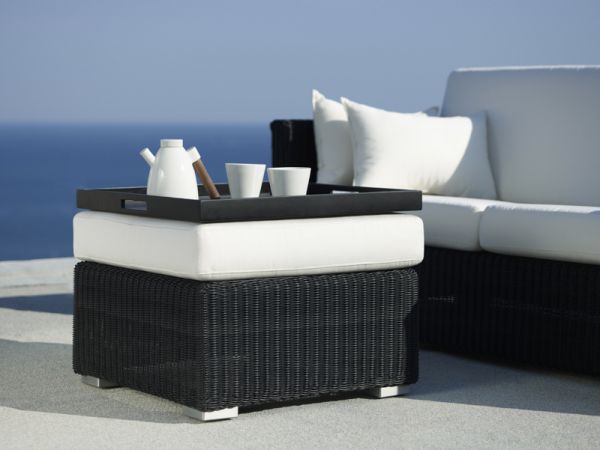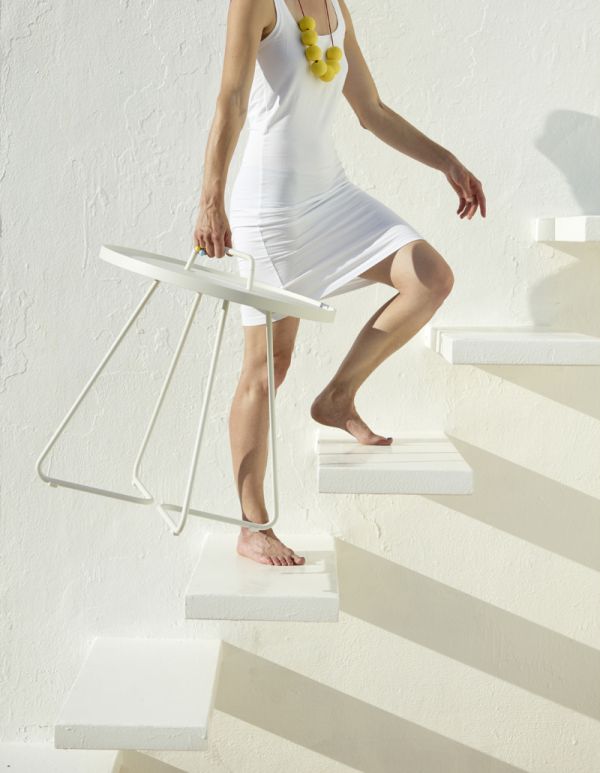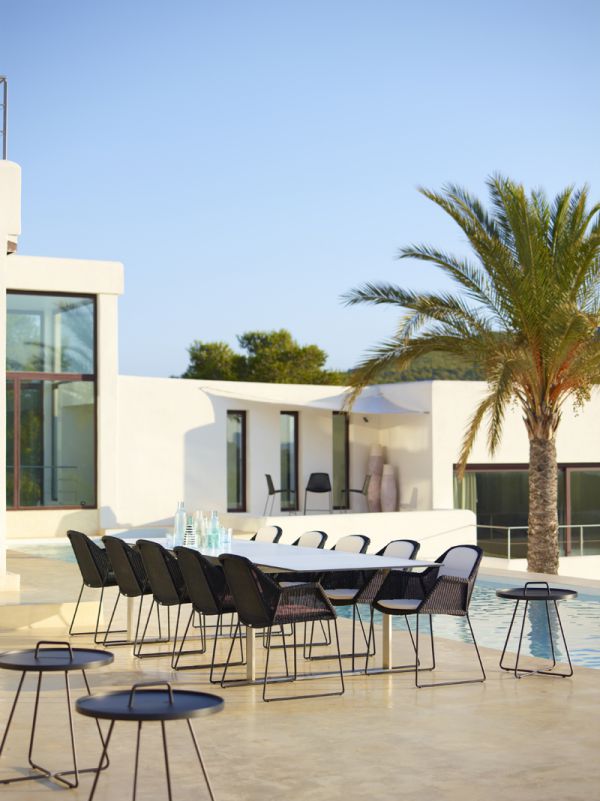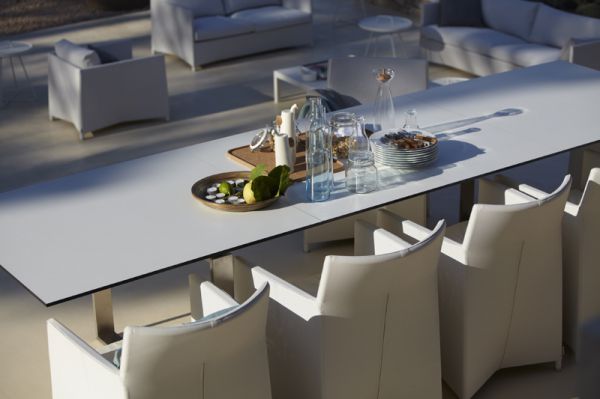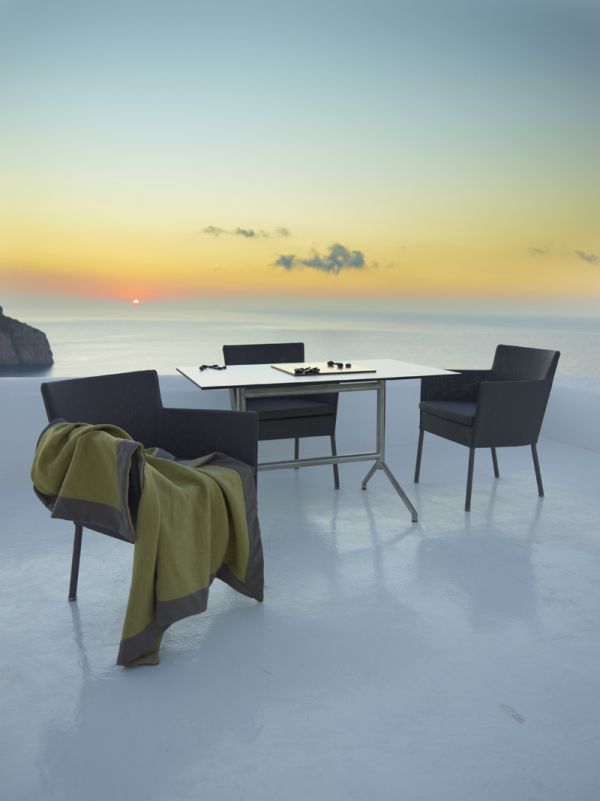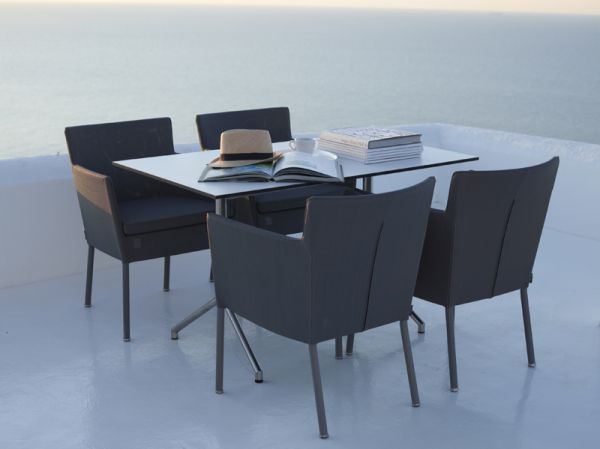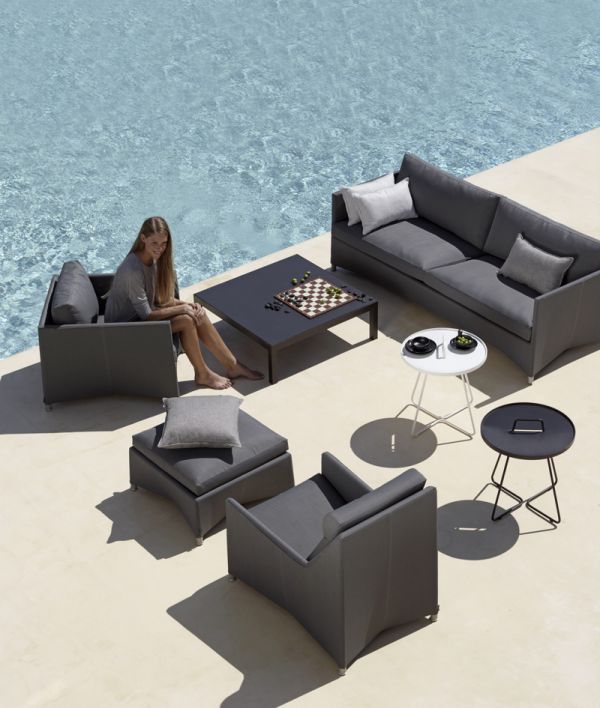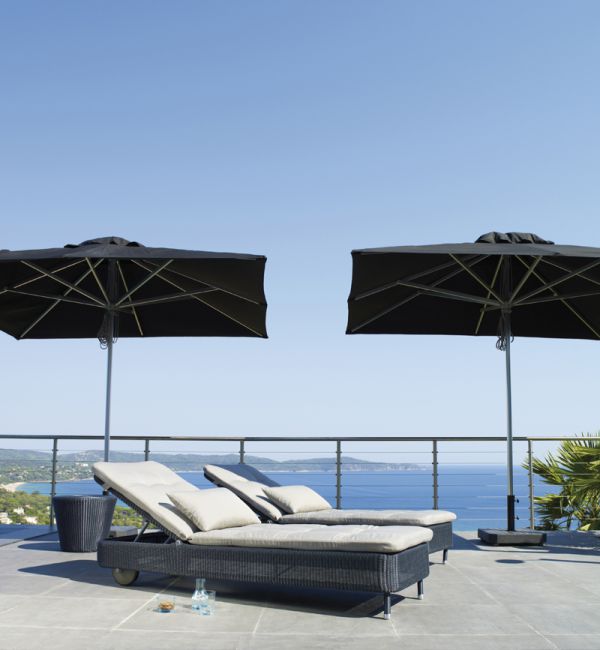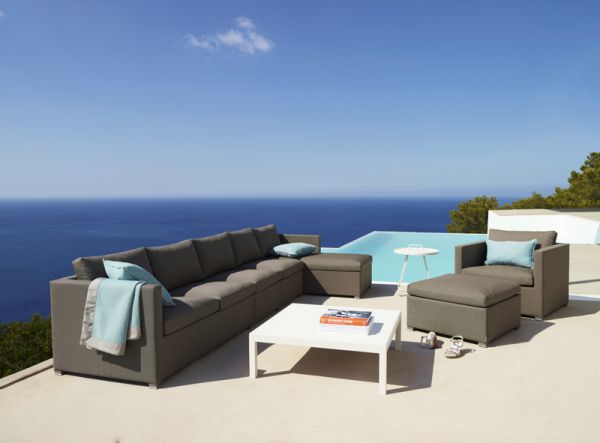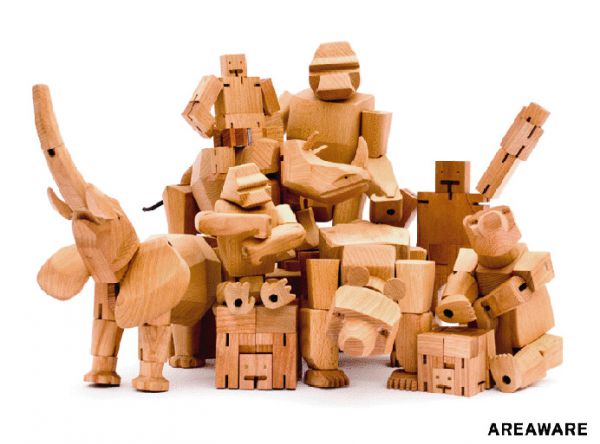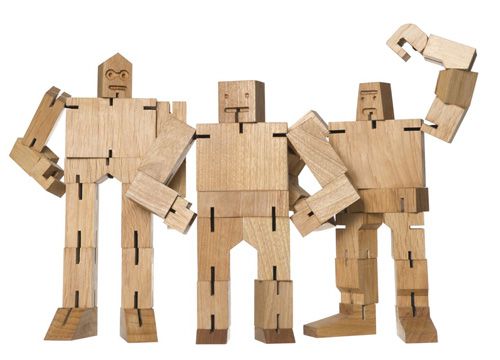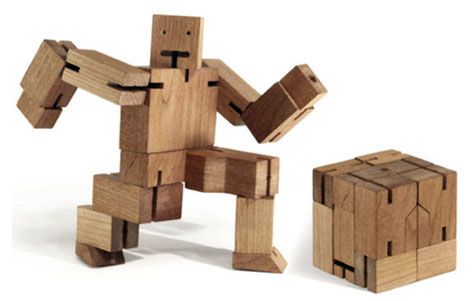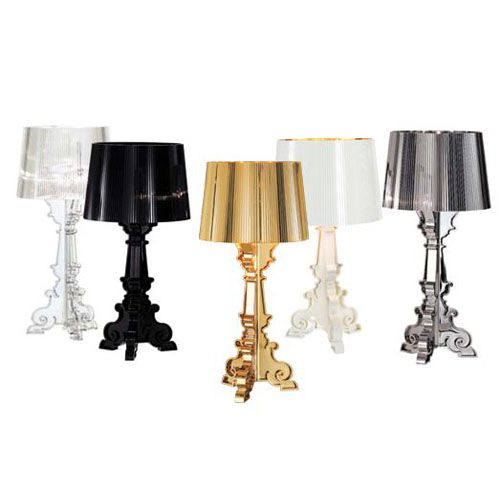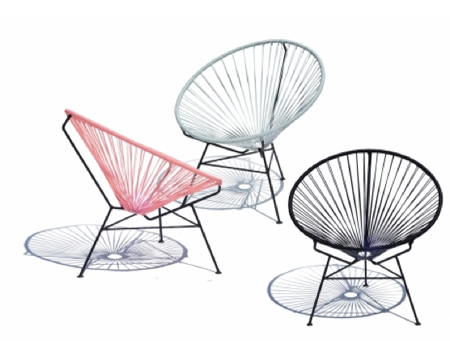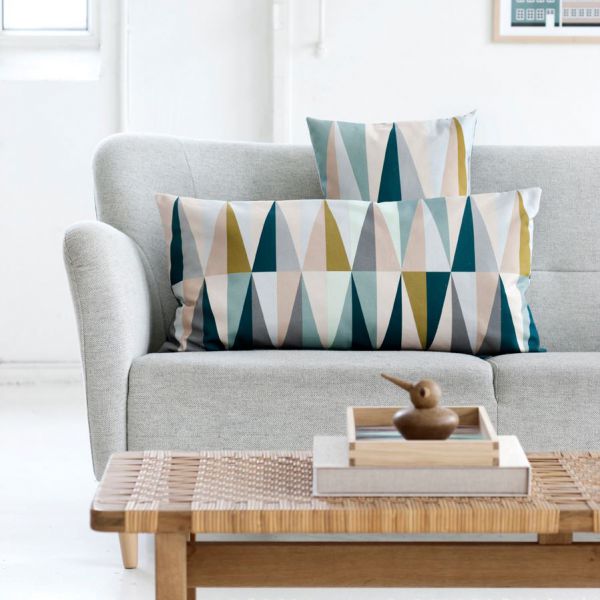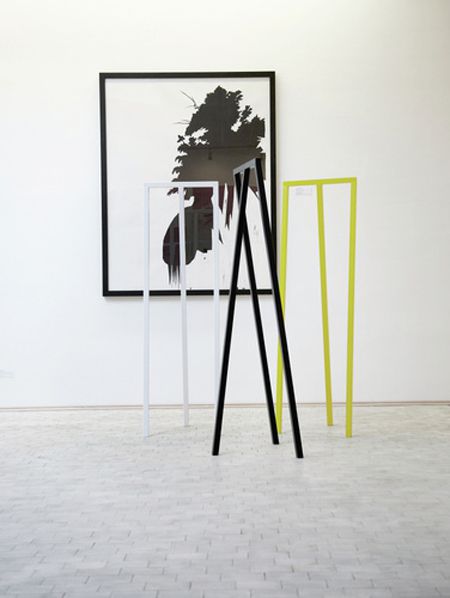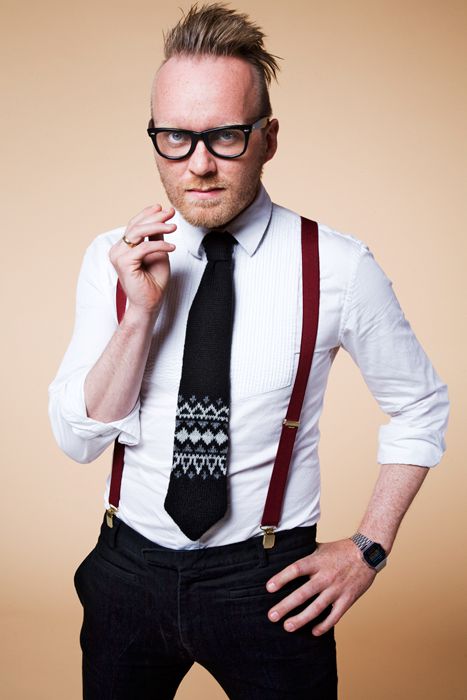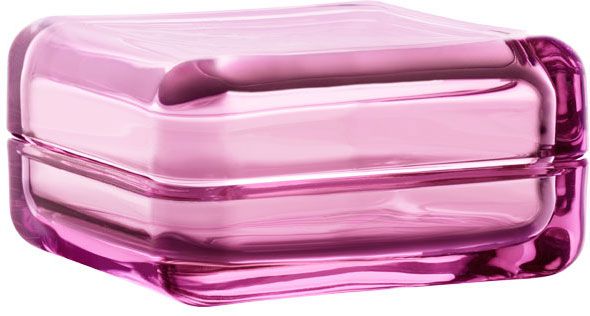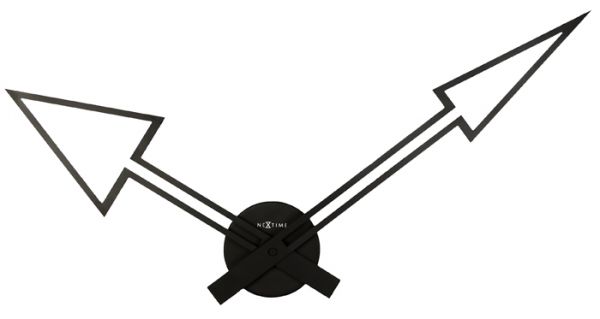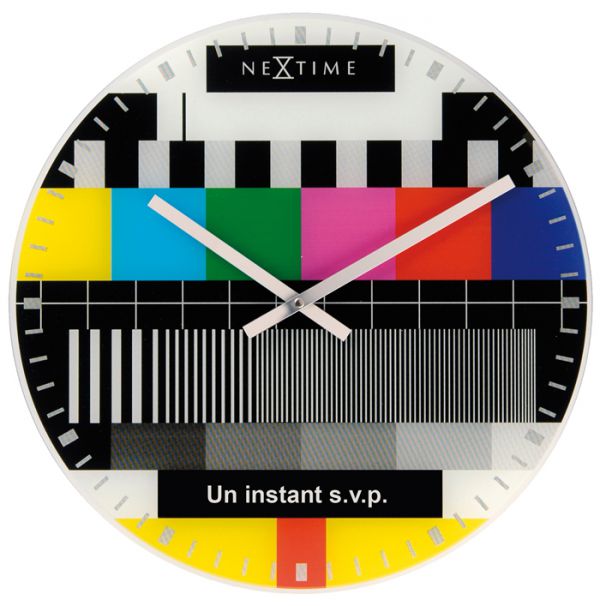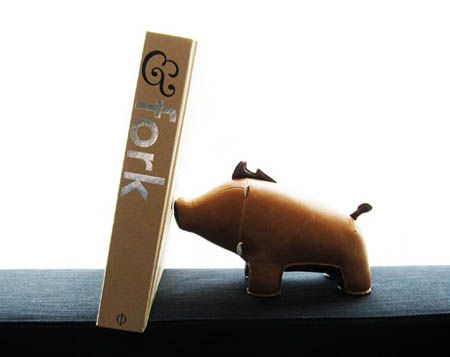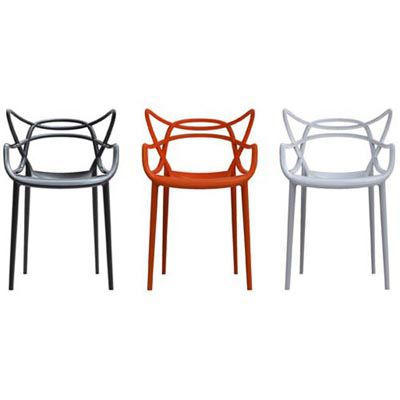Eyjólfur Pálsson húsgagnahönnuður og kaupmaður í Epal:
Hlúum að íslenskri hönnun
Íslensk hönnun, gæði hennar og velgengi, hefur verið mér hugleikin um langt árabil. Íslenskum hönnuðum fjölgar jafnt og þétt. Tilkoma Listaháskóla Íslands, sem og starf undirbúningsdeilda í hönnun við Iðnskólann í Reykjavík og Hafnarfirði, hefur orðið til þess að áhugi á hönnun hefur vaxið ört. Ef til vill mætti þó áhugi hins opinbera á íslenskri hönnun vera enn meiri og koma betur fram í verki, til dæmis þegar val stendur á milli íslenskrar og erlendrar hönnunar.
Varla líður sá dagur að ekki þurfi að velja búnað í opinberar byggingar, fyrirtæki, samkomuhús eða á heimili landsmanna. Ég vil því hvetja þá sem að málum koma að hugleiða fyrst af öllu hvort ekki megi finna það sem leitað er að meðal verka okkar ágætu íslensku hönnuða. Ég veit vel að ekki er alltaf hægt að velja það sem íslenskt er, en í guðanna bænum, gefið íslenskri hönnun tækifæri. Kannið hvað íslenskir hönnuðir hafa fram að færa og hver veit nema þar finnist einmitt það sem hentar hverju sinni. Ef ekki þá verður að sjálfsögðu að leita annað og mætti jafnvel flétta saman íslenska og erlenda hönnun
Þess eru dæmi að efnt hafi verið til samkeppni um hönnun húsgagna fyrir ákveðin verkefni, eins og t.d. í Höfða. Þrír íslenskir aðilar komu með hugmyndir og í lokin var ein tillagan valin og húsgögn smíðuð eftir henni. Mjög vel tókst til og sama má segja um búnaðinn í Hátíðasal Háskóla Íslands sem og bekki og stóla sem hannaðir voru sérstaklega fyrir Hæstarétt. Gott dæmi um val á íslenskri hönnun er búnaður í húsnæði Sambands íslenskra sveitarfélaga í Borgartúni. Þar reyndu menn af fremsta megni að velja íslenska hönnun og í lokinn var útbúinn lítill upplýsingabæklingur um húsgögnin og listaverkin og höfunda þeirra. Utanríkisþjónustan hefur einnig lagt sitt af mörkum til stuðnings íslenskri hönnun með því að prýða sendiráð og sendiráðsbústaði víða um heim með íslenskum húsgögnum og öðrum búnaði og er það vel.
Ekki þarf endilega að hengja sig bara í húsgögn þegar hugsað er til íslenskrar hönnuðar. Það sést best á því að íslensk fatahönnun verður æ meira áberandi og konur, sérstaklega í opinbera geiranum, klæðast nú gjarnan fötum sem þekktir íslenskir fatahönnuðir hafa hannað. Fleiri mættu nýta sér þennan möguleika og gott dæmi þar um er að Steinunn Sigurðardóttir hefur hannað nýja flugfreyjubúninga fyrir Icelandair og sækir innblástur í íslenska náttúru og sögu félagsins.
Þegar fyrirtæki og stofnanir, og auðvitað almenningur líka, kaupa gjafir ætti skilyrðislaust að skoða íslenska hönnun fyrst. Mikið er til af íslenskhannaðri gjafavöru; hnífapör, bollar, fatahengi, karöflur, hillur, kollar, mottur, vasar og glös, allt íslenskt. Ég er ekki að segja að eingöngu skuli kaupa íslenskt en falli það að smekk og aðstæðum er rétt að skoða fyrst það sem íslenskt er.
Þegar rætt er um nýsköpun finnst mér grundvallaratriði að menn hugsi út í að hlutir séu söluvænlegir. Ef hönnun er aðeins skúlptúr, minnismerki hönnuðar, verða ekki framleidd nema örfá eintök hluturinn verður ekki settur í framleiðslu né fjöldasölu. Afraksturinn verður lítill sem enginn og hönnuðurinn fær ekki einu sinni sín höfundarlaun. Verk hans vekur athygli í smátíma en selst ekki og býr ekki til neina peninga! Allt snýst þetta í raun um að skapa atvinnu.
Skoðun mín er sú að opinberir aðilar þurfi að ganga á undan með góðu fordæmi, velja íslenskt og hvetja þar með hæfileikaríka íslenska hönnuði til dáða. Oft var þörf en nú er nauðsyn.

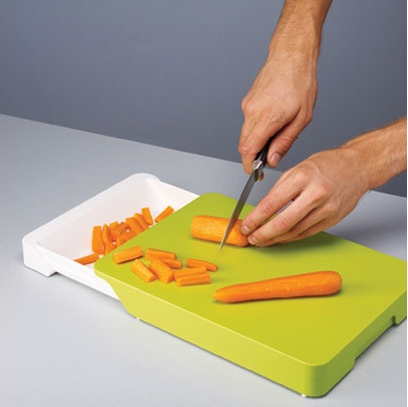
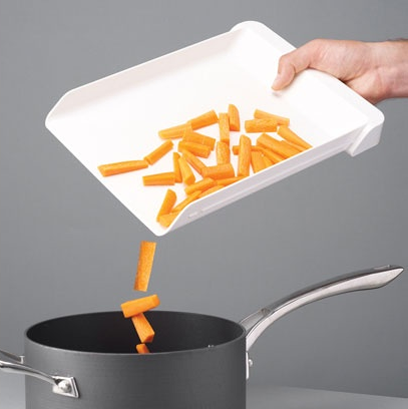
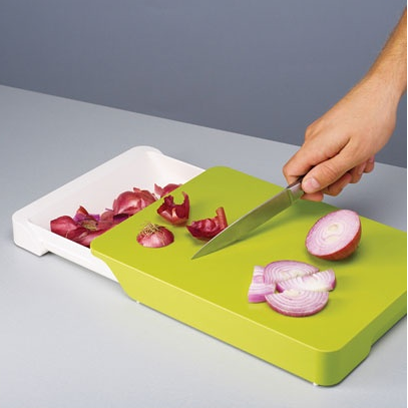
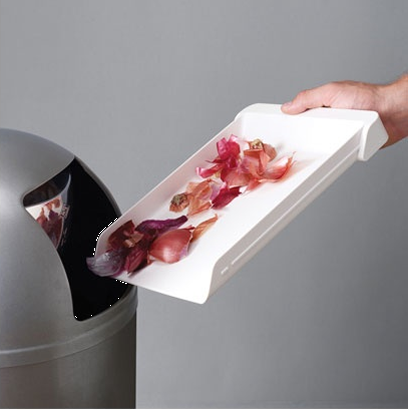
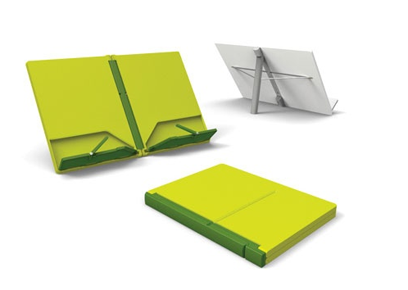
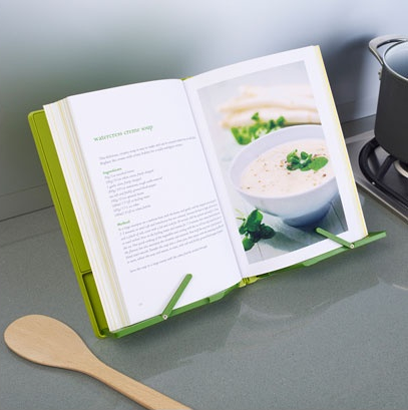
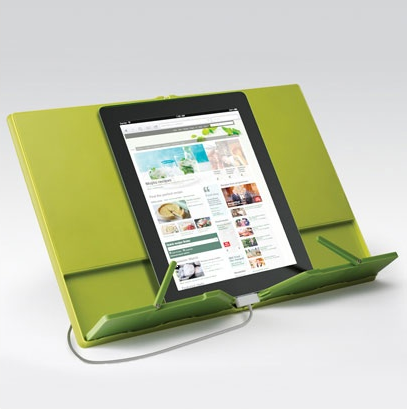

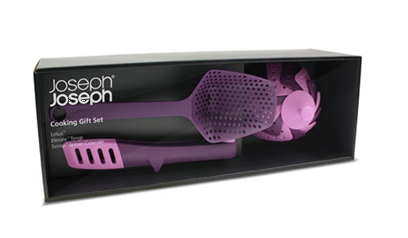
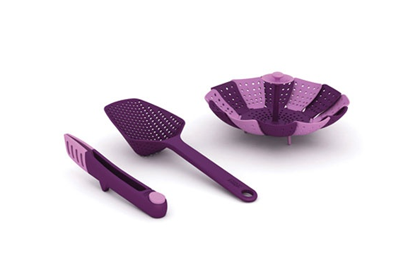
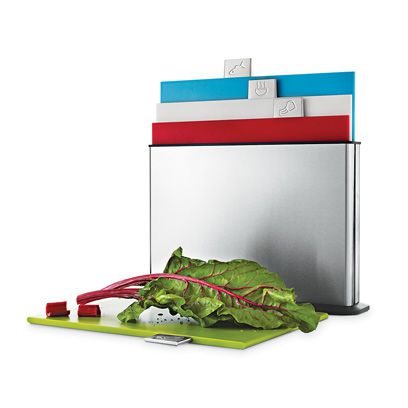
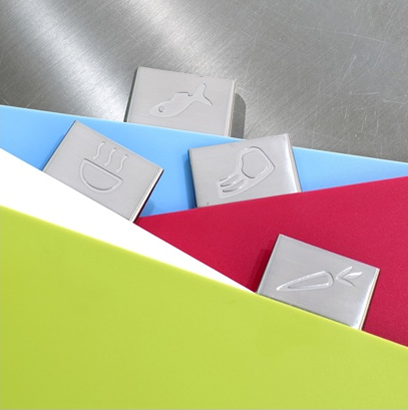
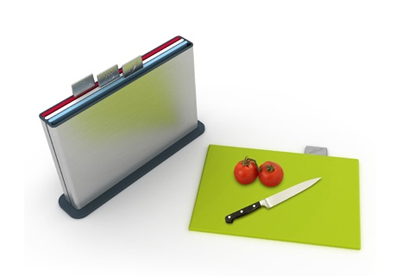
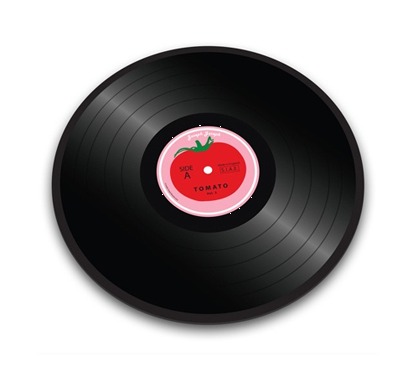
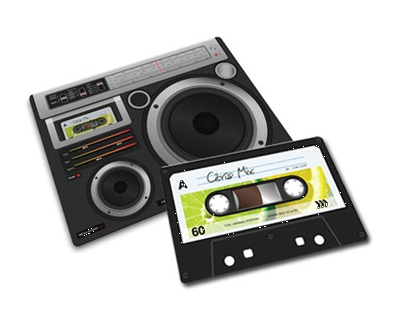
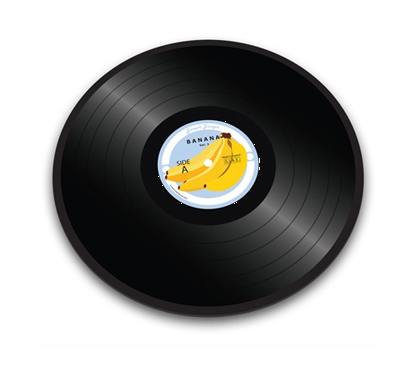
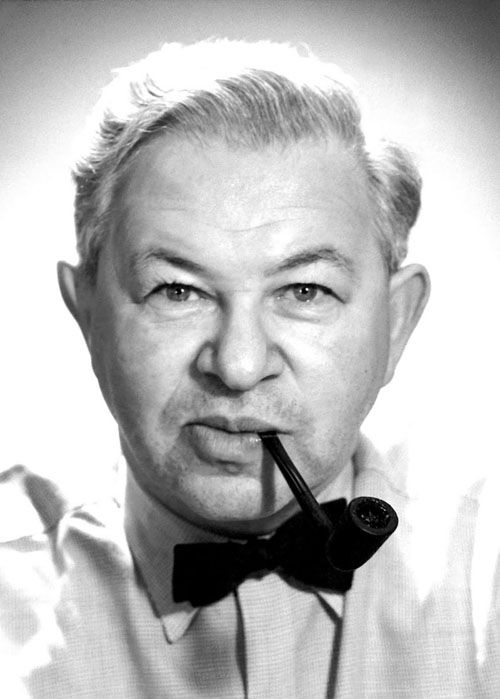
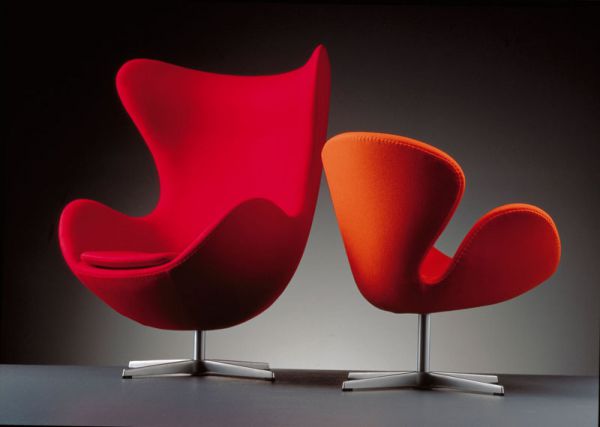
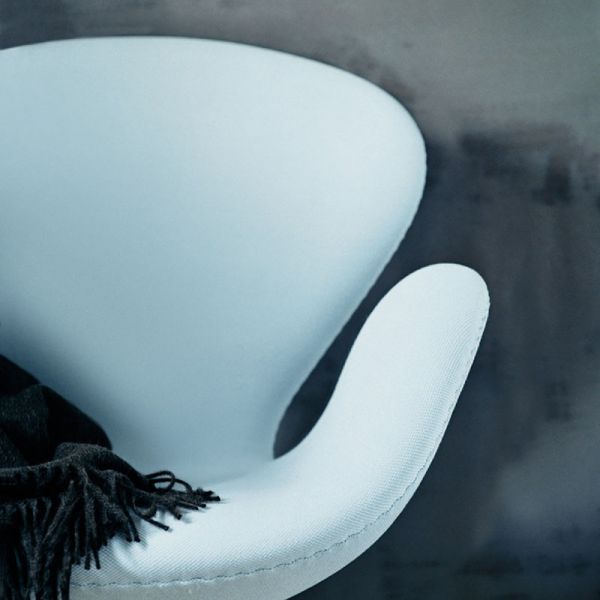
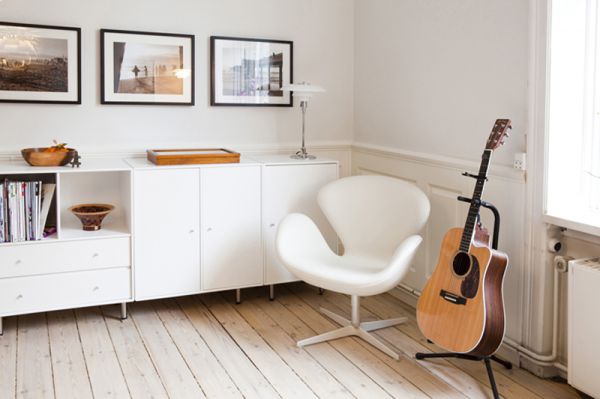
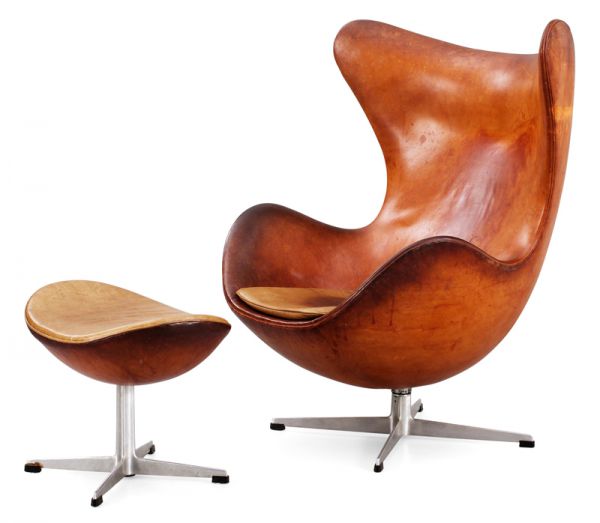
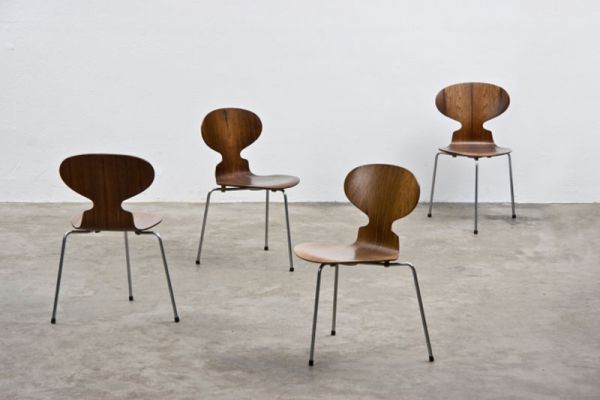
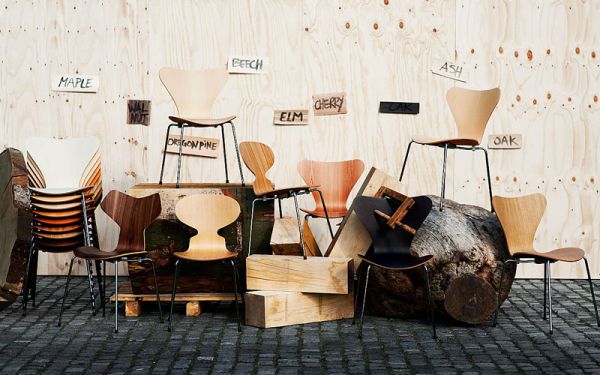
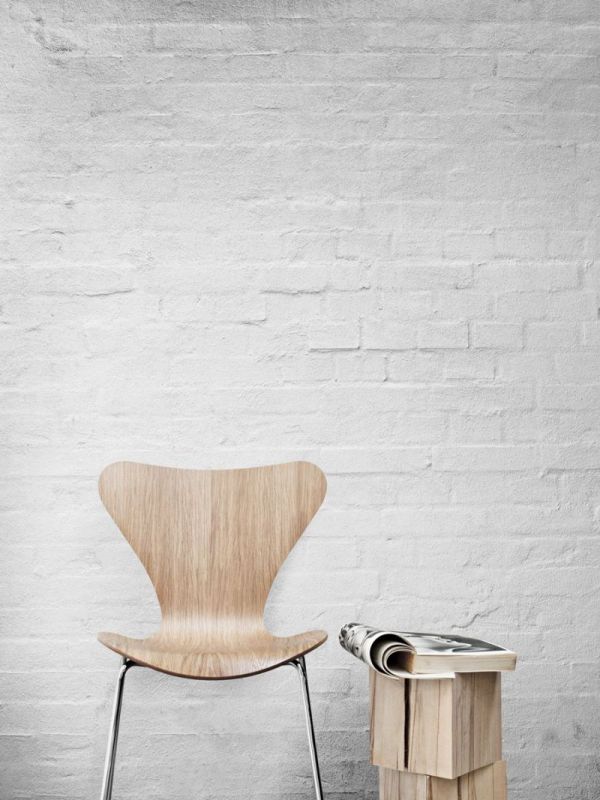
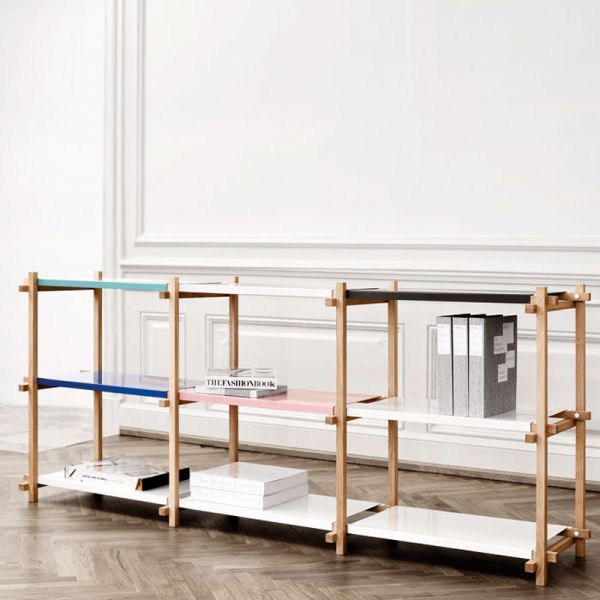
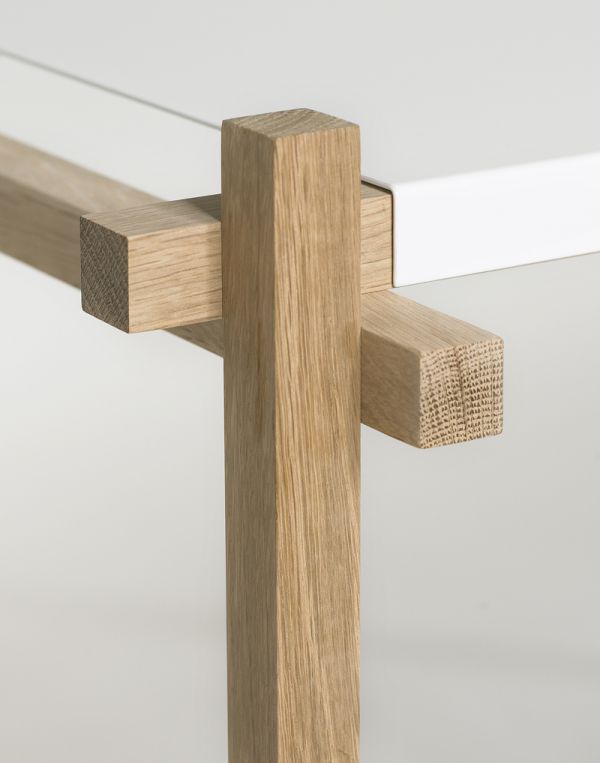
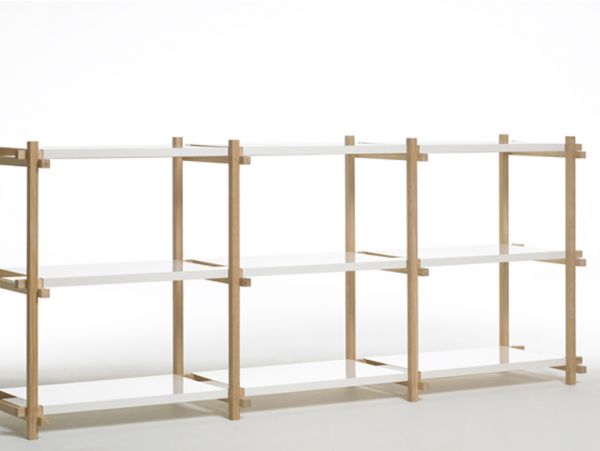
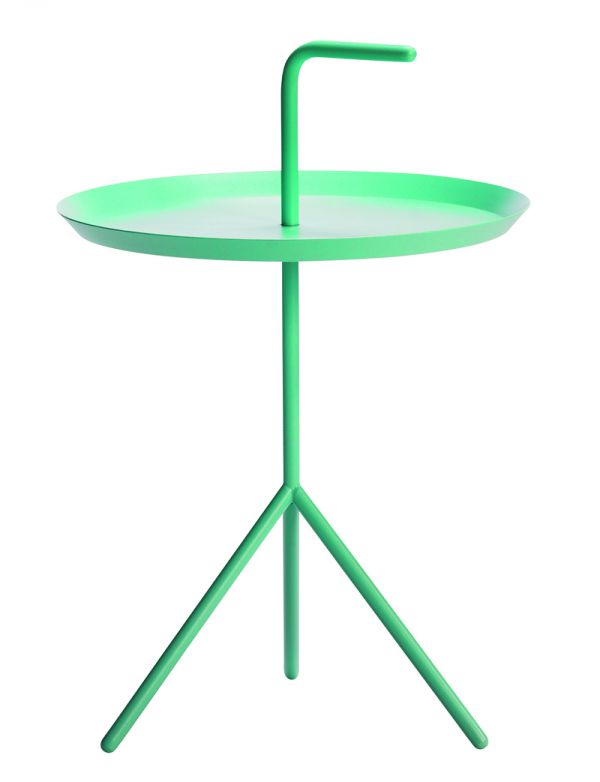
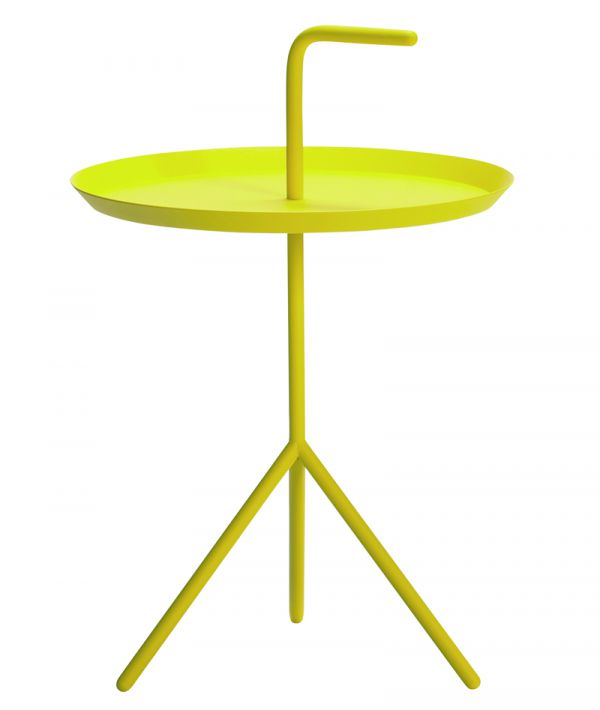
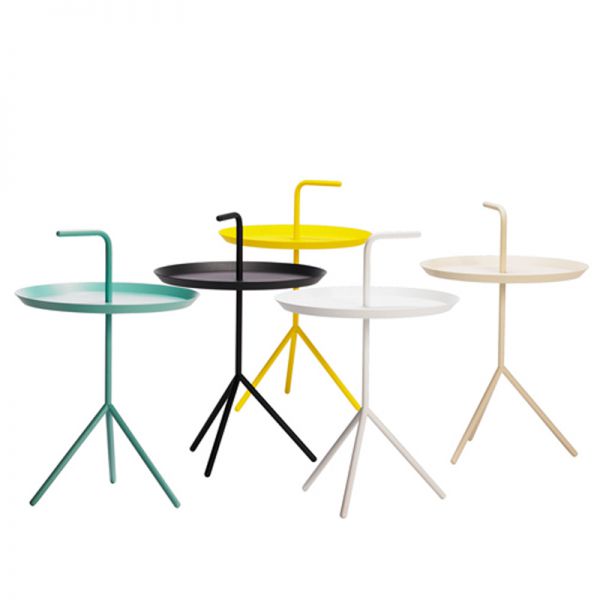
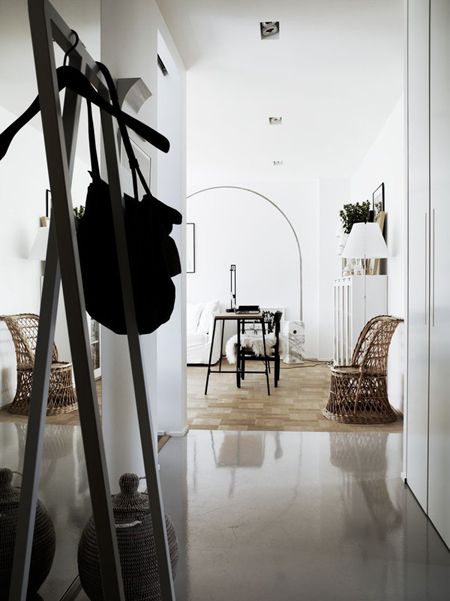
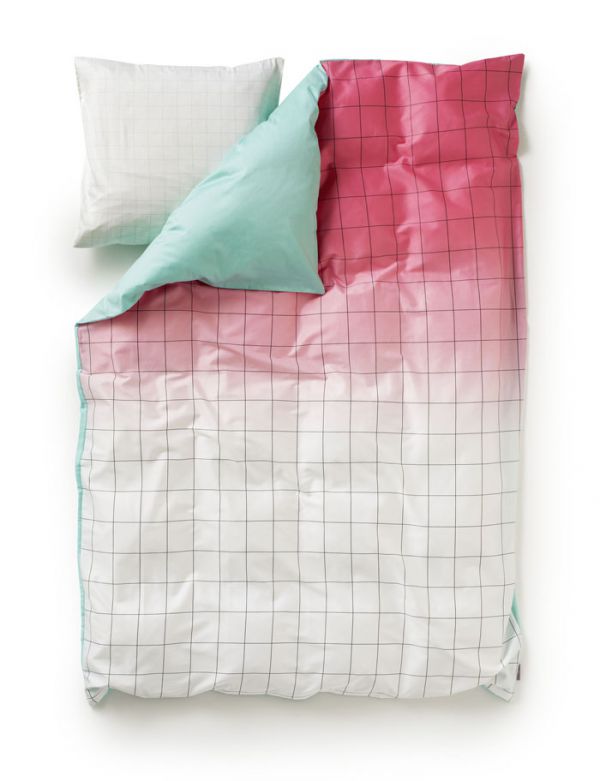
-1.jpg)
